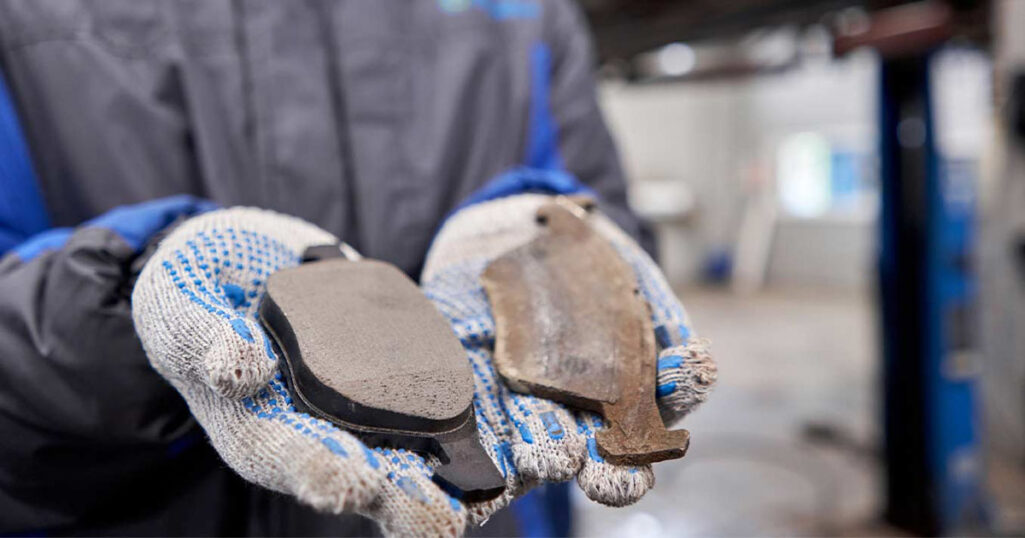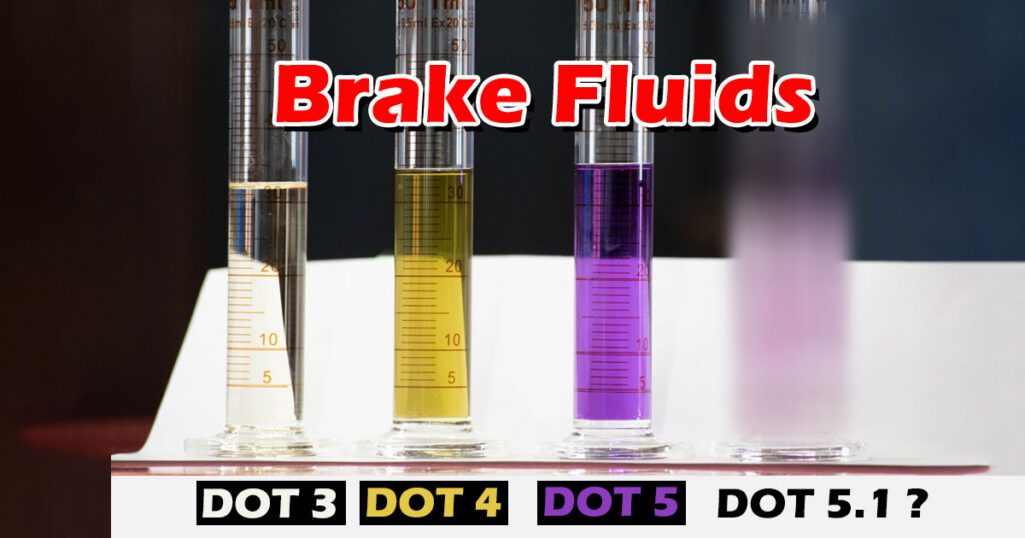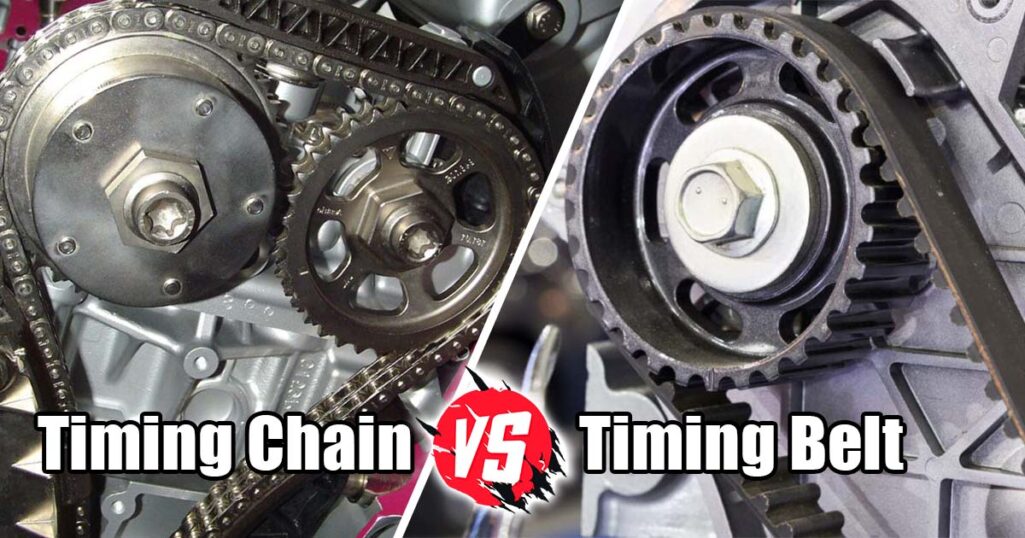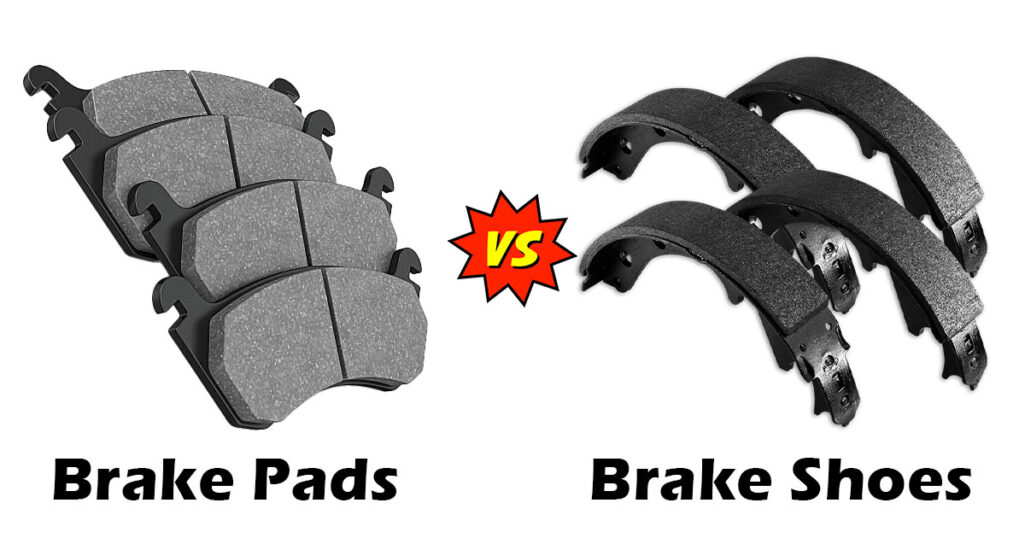
Many people take their vehicle brakes for granted, especially when they are functioning well. Keeping you and other road users safe is a primary function of your vehicle’s braking system.
The difference between brake pads and brake shoes might cause you to go crazy in your search. It’s important to remember that brake pads and shoes are distinct, despite the fact that they serve a similar function.
It’s important that you read this detailed explanation to understand the differences between them and how they function. The article has all you need to know about the difference between a brake pad and a brake shoe.
Brake Pads
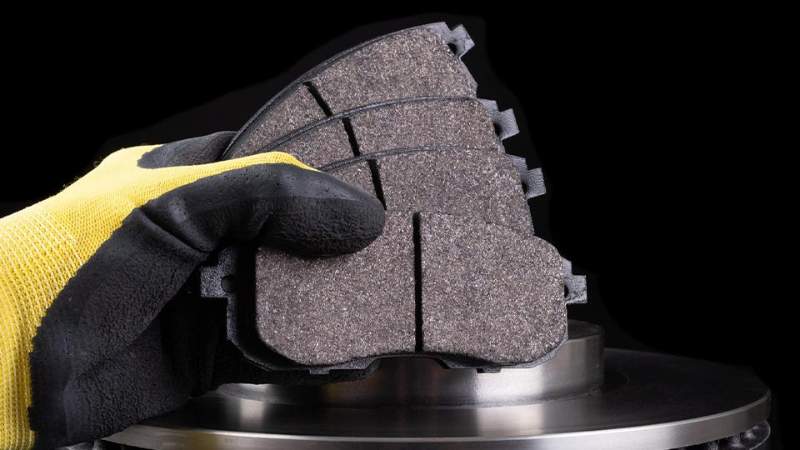
Flat steel pieces with a thick friction layer, such as rubber, on one side, is the composition of brake pads. When it comes to braking, the type of vehicle, size, and type of brake caliper affect the friction material used.
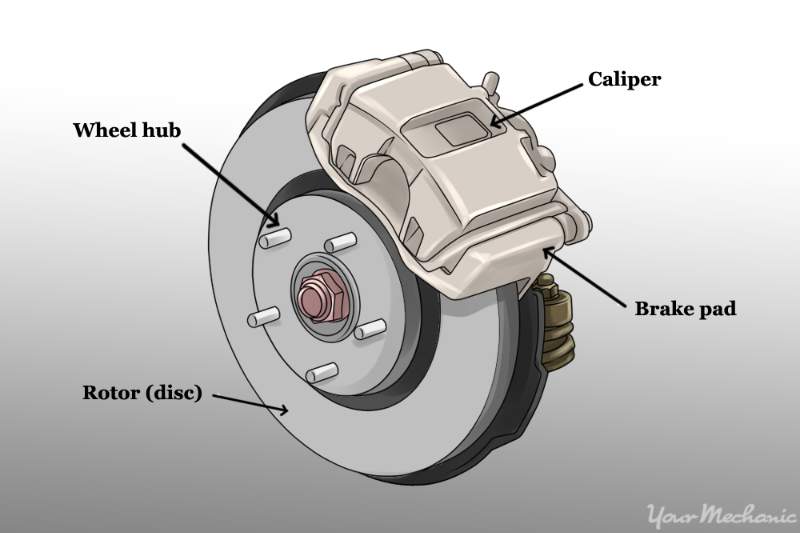
Braking pads are a component of a disc brake system. These braking systems use calipers to force brake pads against a rotor disc, giving them the name “disc brake.” Friction is generated when the brake pads press on the rotor, which brings the vehicle to a complete halt.
Disc brakes are the most popular type of technology used in cars.

The brake pads material wears down over time because of the constant friction and heat. Eventually, you’ll have to replace them if you want them to operate properly. Compared to drum brakes, the cooling period for a disc pad is often shorter, resulting in superior stopping power.
Drivers need to press their foot down on the brake pedal to activate the disc pad, which then activates the master cylinder. An equal amount of braking force is sent to each wheel using the fluid in the master cylinder.
Tires get heated after a long trip because the energy needed to stop a car in motion is converted into heat. On the other hand, the brake pad is subjected to a greater amount of stress, which results in faster wear and tear. They are also commonly found in front-wheel-drive vehicles.
Types of Brake Pads
Due to the varying vehicle standards, there is a range of brake pads on the market. In order to bring a moving vehicle to a complete stop, greater effort is needed. Brakes made of metal, such as steel, iron, or copper, are the most popular form.
Changing the brake pads

Some of the indicators that brake pads need to be replaced is the following:
If you hear grinding or crackling noises when trying to brake, this is a sign that something is wrong. Symptoms such as these indicate that our brake pads have worn down and are getting a bit thin. Another sign that your brake pads need to be replaced is if your vehicle takes longer to stop.
To know more about when you should be changing your brake pads, read this article.
Brake Shoe
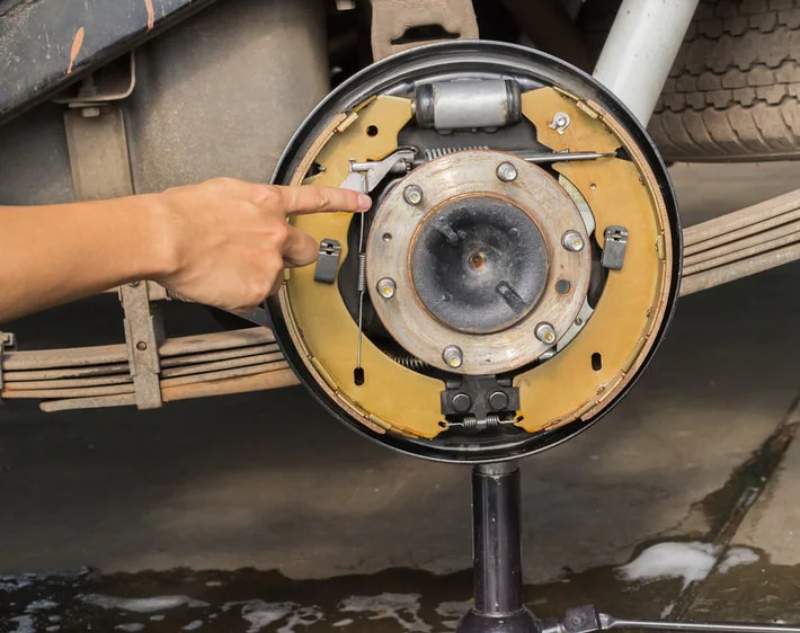
Brake Shoe is a curved metal component with a friction layer attached to one side. It is part of the braking drum system. Typically employed on the back axle of a vehicle, brake drums are an older brake system.
They usually cost more than Brake Pads, but they endure longer and perform better.
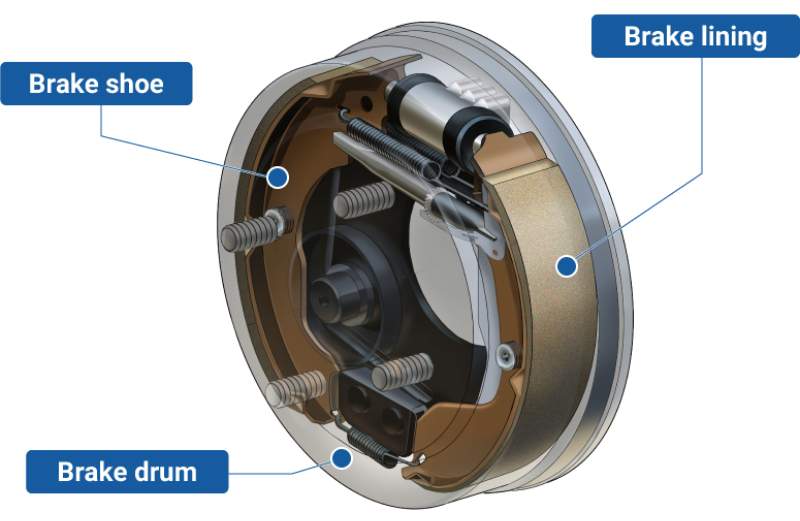
When a vehicle is driving, a friction-induced reduction in speed or a complete stop is achieved by a brake shoe material pushing outwardly against the braking drum. Having strong brakes needs a set of brake shoes that provide better grip and force than conventional brake pads.
Brake Shoes Material
Unlike brake pads, which are more recent technology, brake shoes have a more traditional design, with various linings pushing the drum. While asbestos (a naturally occurring fibrous silicate mineral) was widely utilized, they eventually discovered that it had detrimental consequences.
They now utilize synthetic aramid materials (heat-resistant and strong synthetic fibers) in place of asbestos.
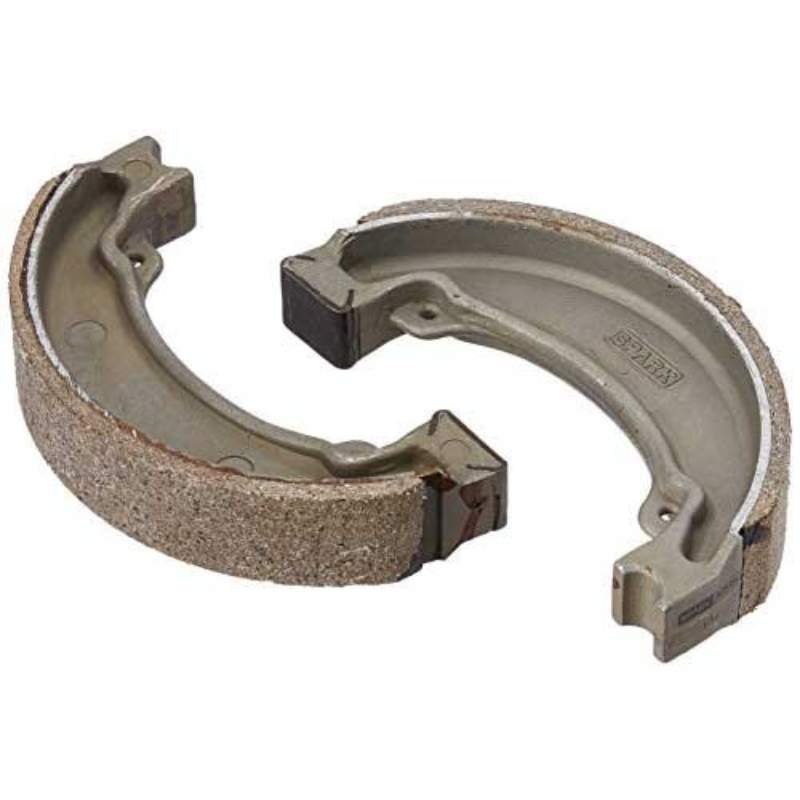
Asbestos-replacement systems benefit greatly from the use of aramid, which is a versatile material that can be utilized in many ways. The ideal materials for brake shoes include synthetic fibers, but your choice of material depends on what is available or what your technician recommends.
Replacing the Brake Shoes

The production of brake shoes is simpler. As a result, the cost of replacing them will be lower. However, the cost will vary based on the type of material chosen. The higher the quality of the materials, the higher the price. A high price does not imply superior quality, so proceed with caution.
The heat produced by the brake drum mechanism is higher. However, the cost of replacing brake shoes is far cheaper than the cost of replacing brake pads. It’s essential to consider your vehicle’s make, model, year, terrain, local temperature, and your personal driving preferences while shopping for brake shoes.
Brake shoes are required for heavy-duty trucks and trailers because they can deliver the stopping force needed by large moving vehicles.
Brake shoes and brake pads cannot be used on the same wheel; however, they can be used on the same vehicle. Brake shoes are typically mounted on the rear axle, while brake pads are typically mounted on the front axle in most vehicles. Brake shoes are known to be safer than brake pads.
Conclusion
One of the most critical components of our vehicle is the braking system. Finding out exactly how your vehicle’s braking system works will help you save a great deal of money and time when it comes time to replace them.
You should now be able to answer any questions about brake shoes vs. brake pads using the knowledge you’ve gained here. In this way, even if you don’t have a role in choosing what kind of braking system your vehicle has, you may still save money on vehicle maintenance.

